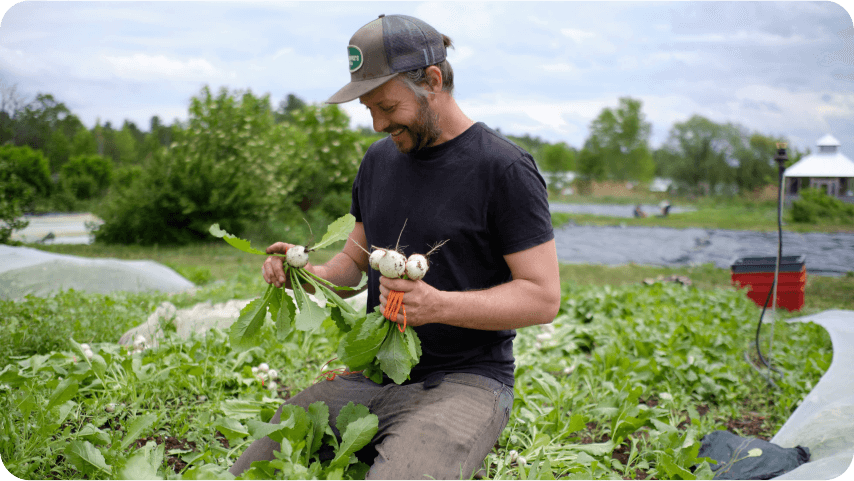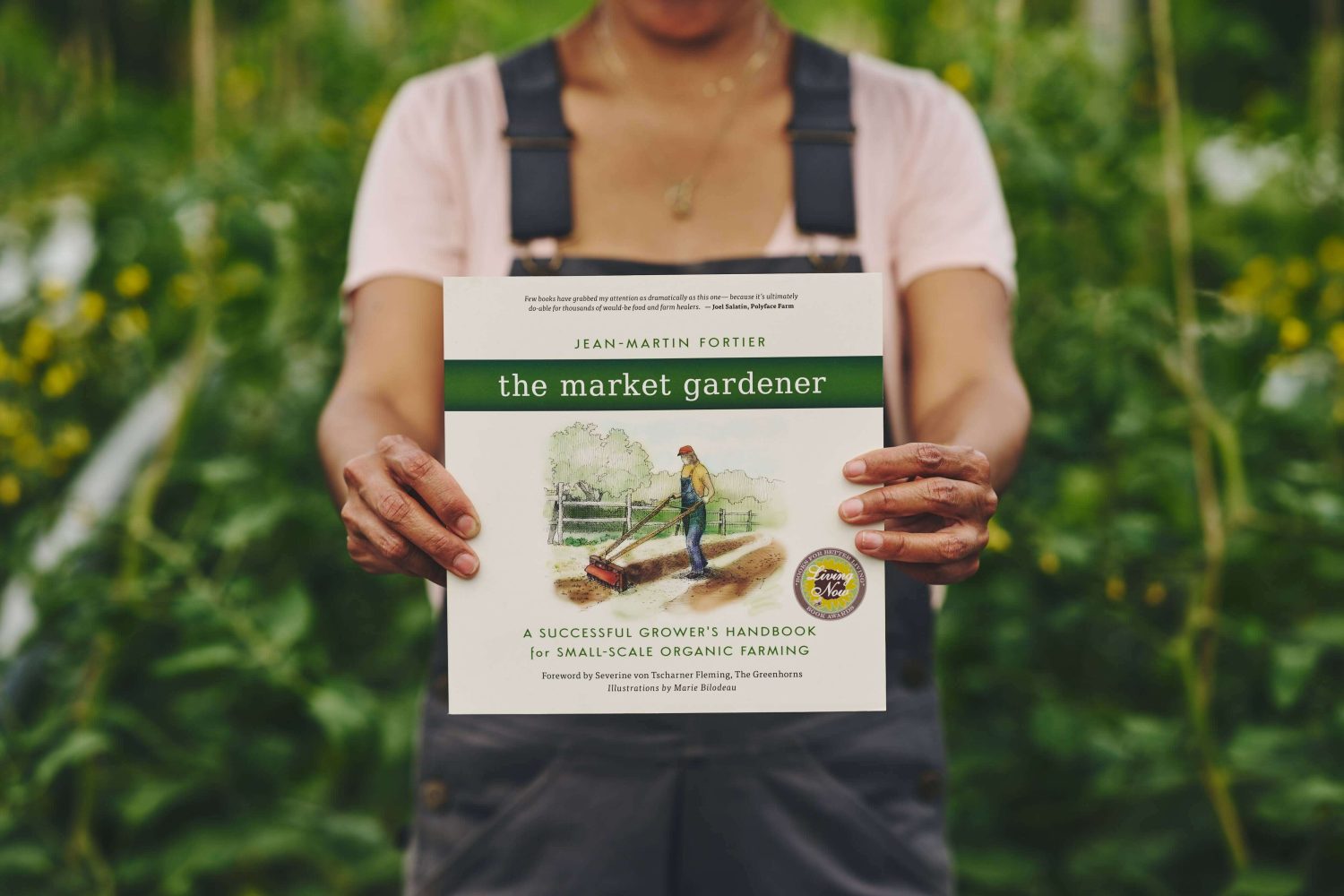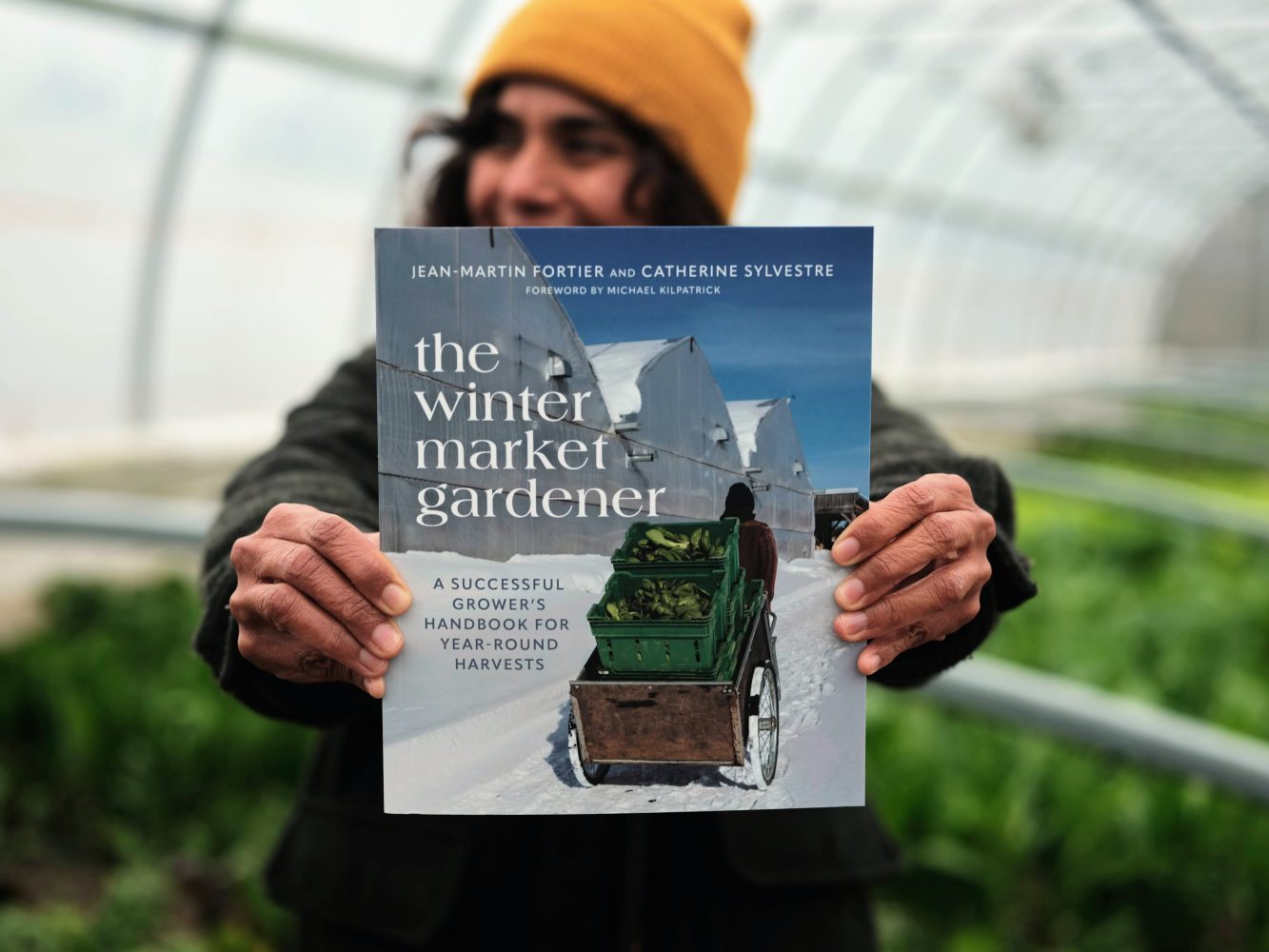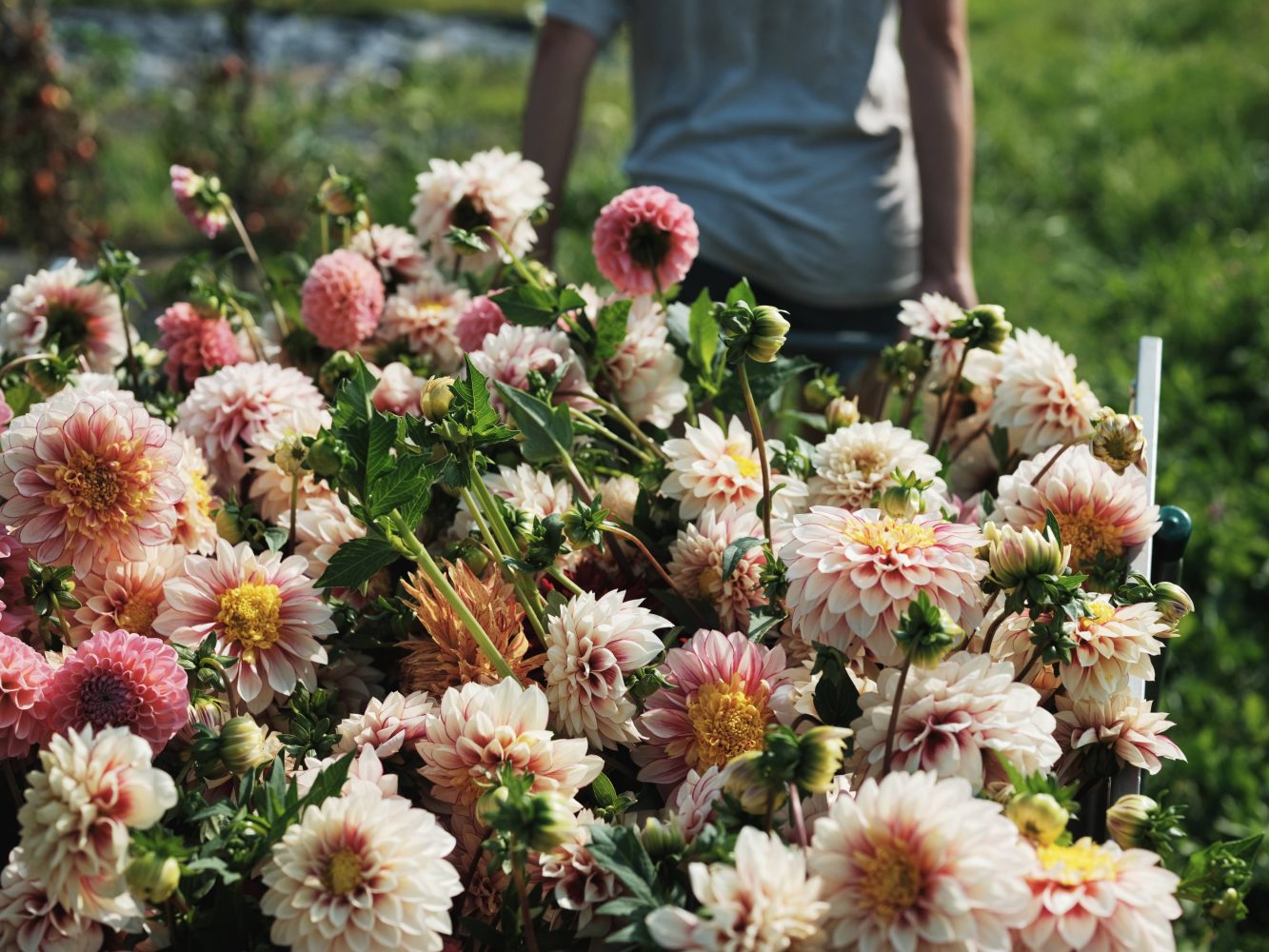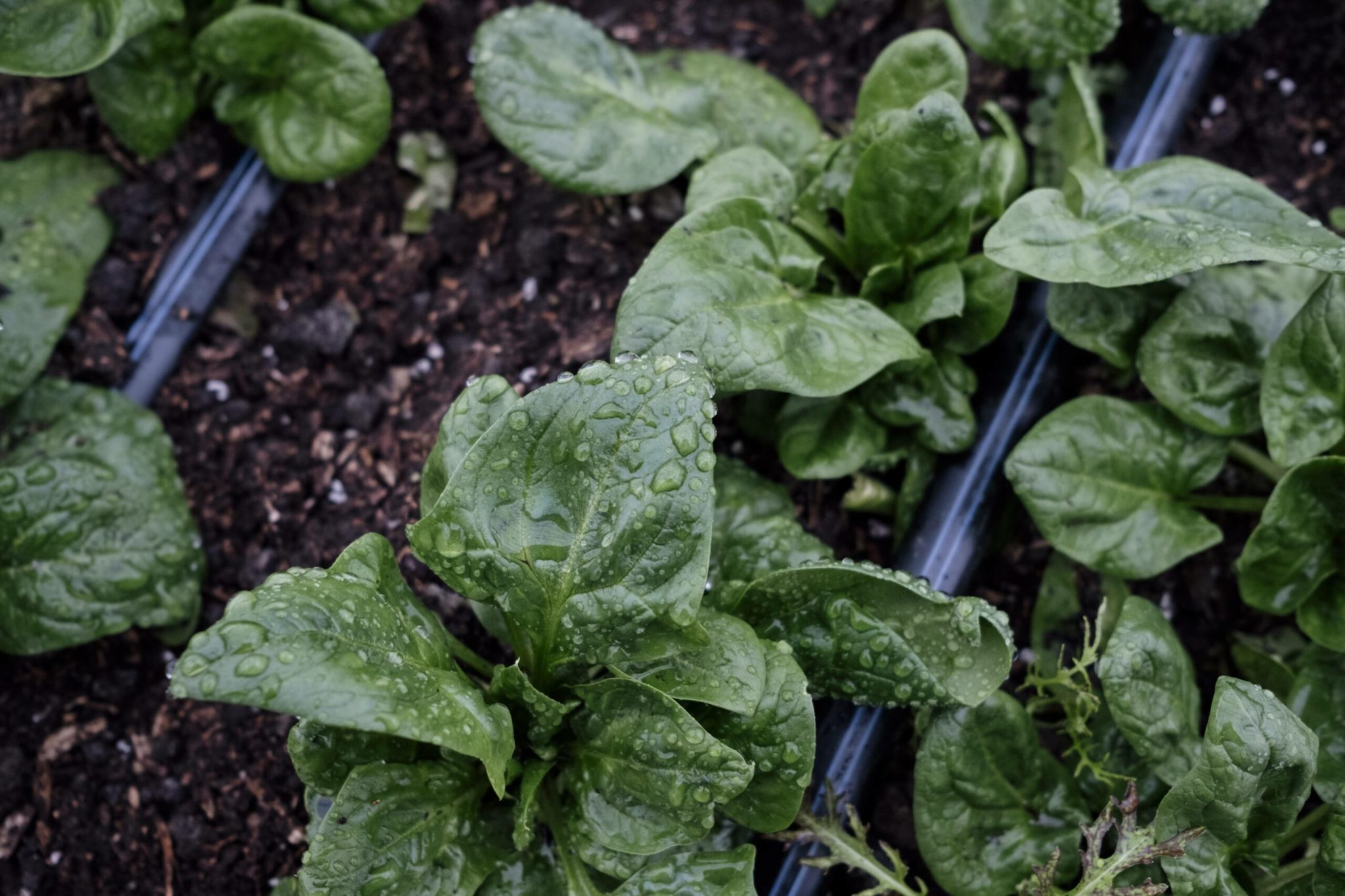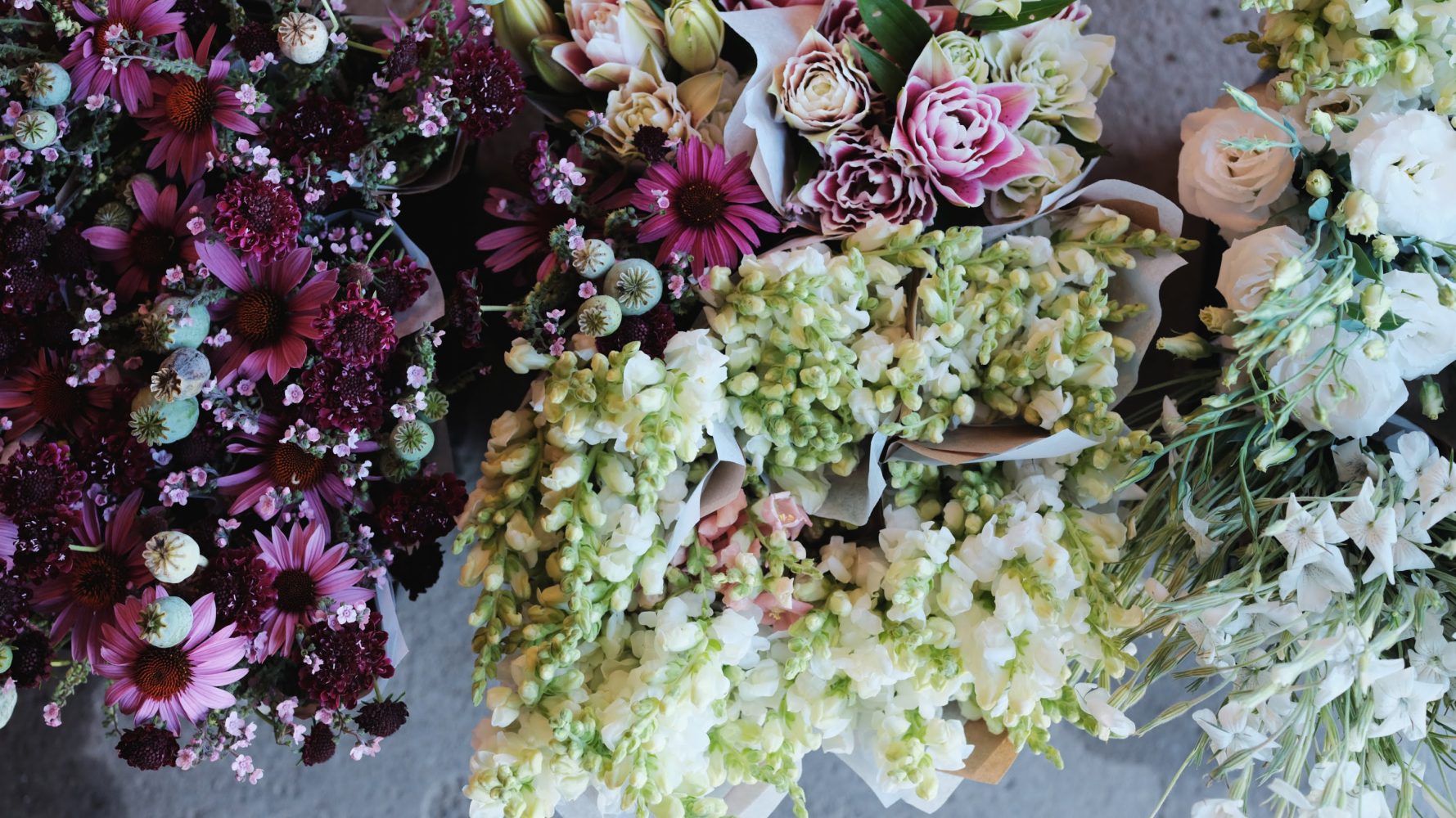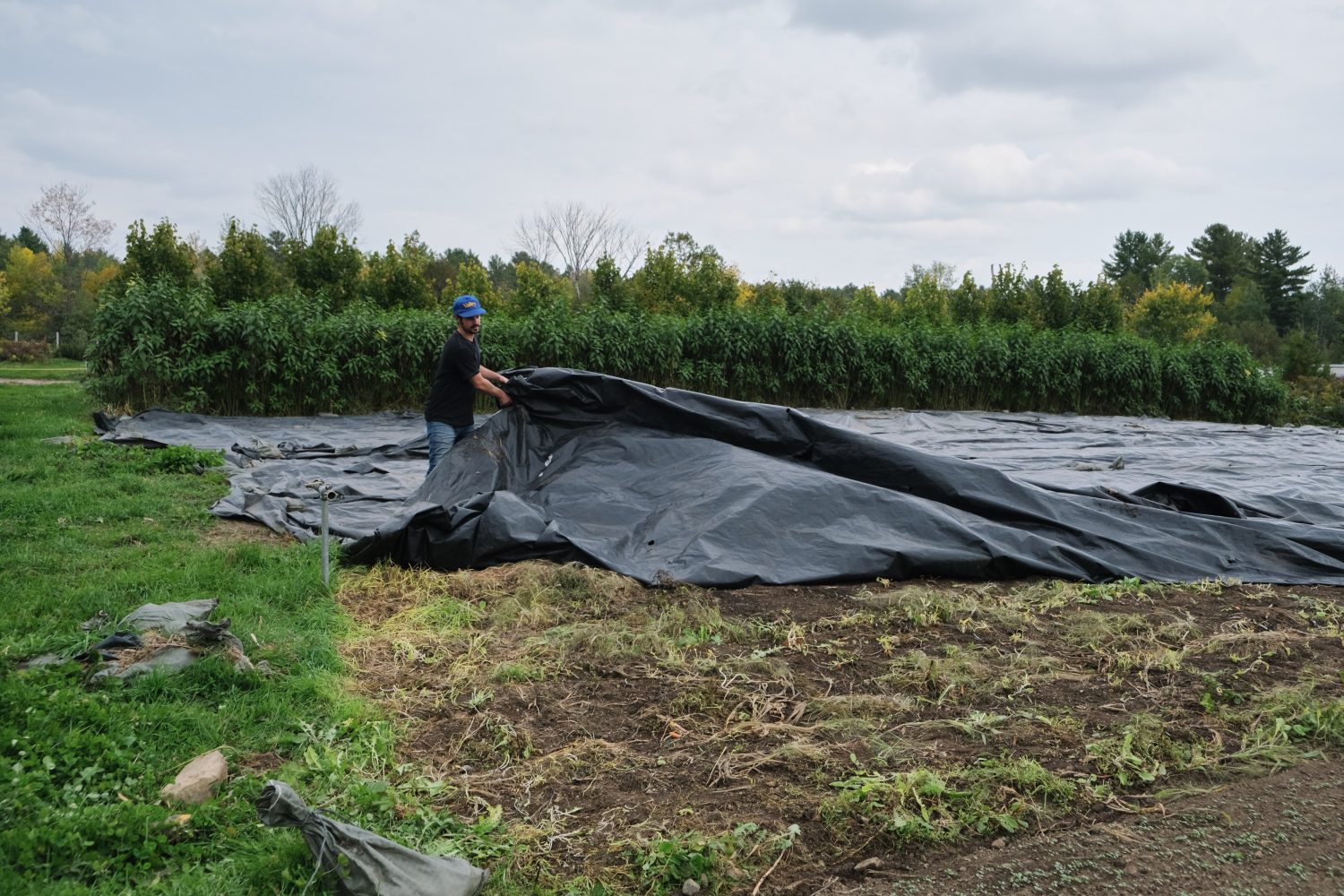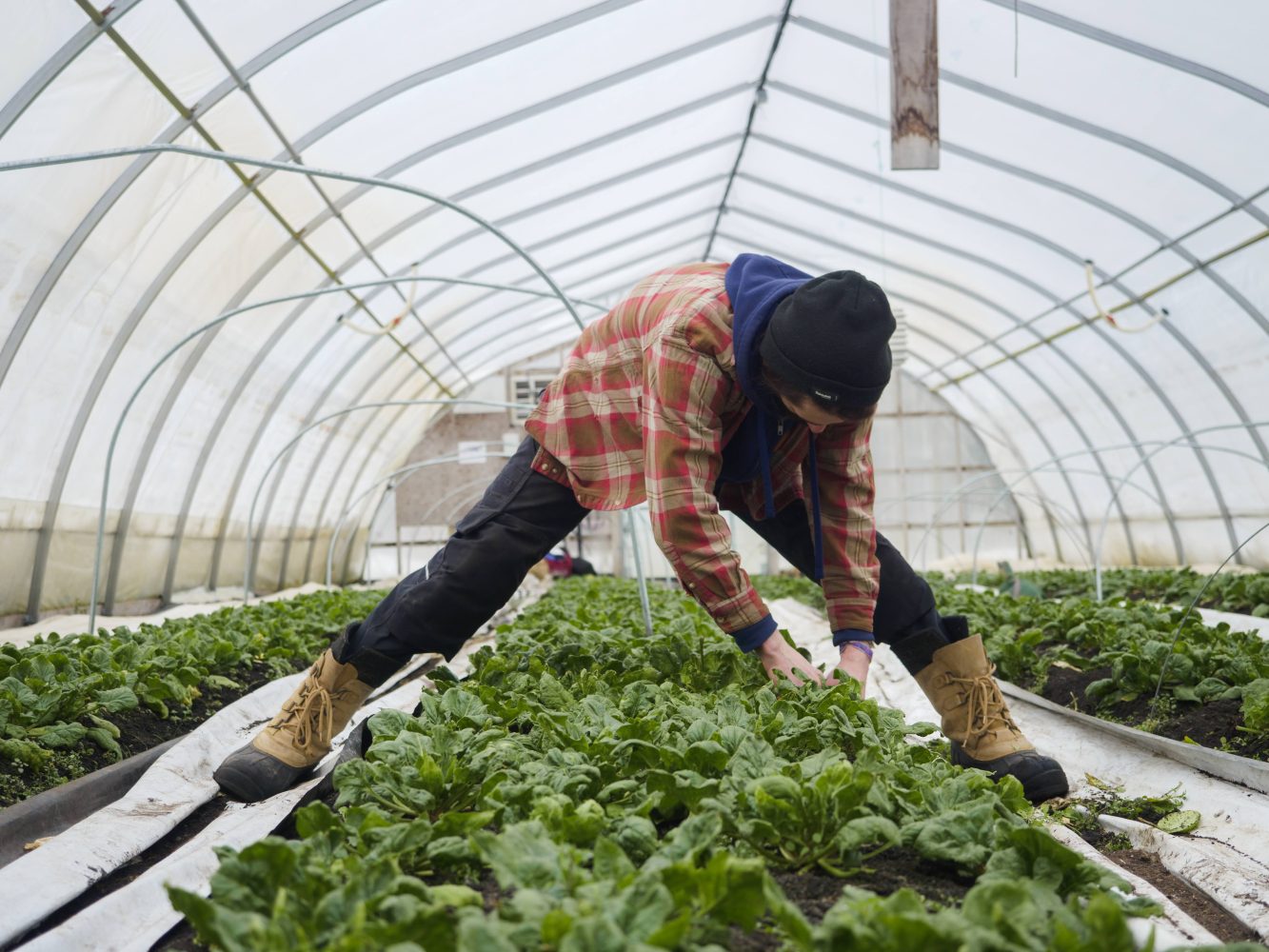Irrigation in the greenhouse is a seemingly easy task. But it’s more complex than just giving your crops the occasional watering. Establishing the right greenhouse irrigation strategy makes all the difference in achieving abundant yields. In this article, you will discover the 3 basics to optimize your greenhouse irrigation program according to the needs of your plants.
Understanding the needs of your plants
Understanding the needs of your plants is the first foundation for proper irrigation.
To grow healthily, a plant needs many things, including water. Water makes up 85% of a growing plant’s mass.
What does the plant do with all that water?
Nutrient intake
Water plays an essential role in plant growth, primarily because of the nutrients it provides. The plant will get the essential nutrients for its growth by pumping water from the soil. Moreover, certain nutrients such as calcium can only be absorbed by the plant in this way.
To know if your plants are deficient, look carefully for yellowing of the leaves.
Sweating to regulate itself
The plant also uses water to regulate its temperature. The hotter it is, the more the plant transpires and the more it needs to drink to compensate for the lost water. In fact, 98% of the water it drinks is used for transpiration. This is a defense mechanism to avoid overheating. You will notice that the leaves of the plant that overheat will look withered.
The transpiration of a plant is related to its number of leaves; a plant with 5 leaves takes 3 times less water than a plant with 15 leaves.
Transpiration is also related to light intensity. For example, mature tomato plants in winter transpire little and need 1L/m2 per day. In spring, they transpire more and require up to 3 L/m2 per day. In summer, when the sun is a bigger factor, the plants use 5L/m2.
Healthy roots
If the roots do not pump enough nutrients into the plant’s body, the whole growth of the plant is affected. In the case of greenhouse irrigation, we must be careful on 2 levels.
Firstly, the temperature of the irrigation water is very important. Water that is too cold will shock the plant’s roots, while water that is too warm will increase the chance of root diseases. We recommend irrigating with water at a temperature of 20°C.
Then, remember that to grow well, plants also need to oxygenate their roots. If you irrigate too often, the soil will be wet by nightfall and prevent oxygen uptake.
To allow the roots to absorb the oxygen they need to grow, it is recommended to irrigate just enough to allow the soil to dry overnight.
If you see yellowish or brownish discoloration on the leaves and discoloration in the form of spots, these are signs of excessive irrigation.
It’s all about balance! Giving your plants too much water can harm their growth, but they will wilt under drought and deficiency if you don’t give enough water. In both cases, you will see a loss of yield from your plants. This situation can be avoided by following a diligent irrigation strategy.
Planning your irrigation strategy
By now you know that irrigation is closely related to the transpiration process. Thus, the goal of your greenhouse irrigation strategy is to provide enough water to allow the plant to transpire, while keeping the soil as dry as possible at dusk.
As you plan, keep in mind that your crop’s irrigation needs change each day depending on the light. Water requirements are also proportional to the number of leaves on each plant, as mentioned above. Taking into account these 2 influencing factors will allow you to increase your yield and your financial gains.
To establish an irrigation strategy, you must pay attention to three important points. The maximum duration of irrigation, the amount of water your plants need today and when to start irrigation.
Determining the duration of the irrigation
The maximum duration of an irrigation cycle is determined by your soil. In greenhouse gardening, the duration of irrigation varies between 2 to 10 minutes per watering. This depends on the capacity of your soil to retain water and nutrients. So make sure you know your soil and its characteristics.
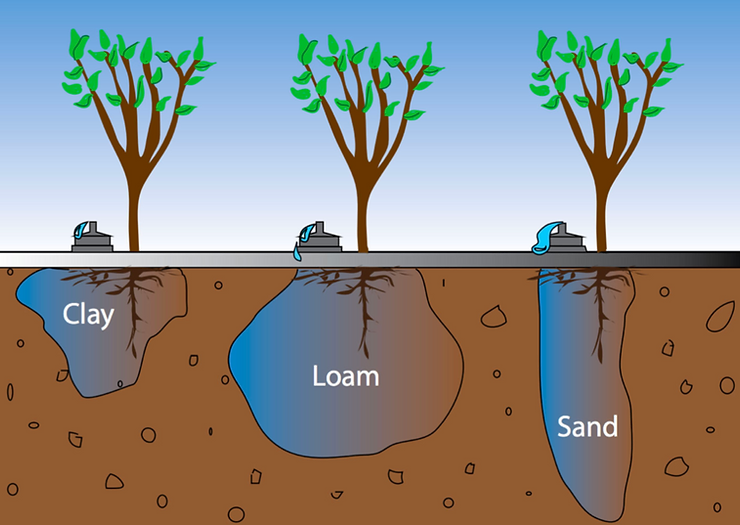
The sandier your soil, the less time you can irrigate. Irrigating sandy soil for too long will only leach nutrients from your fertilizer into the water table. In this case, you need to compensate by irrigating more often so that the plant always has the water it needs to transpire.
Clay soil can store more water than sandy soil. It is therefore possible to irrigate for longer but more spaced out periods of time.
Assessing water intake with light
It is difficult to calculate precisely the amount of water we give to our crops during an irrigation cycle. It is easier to estimate the amount of water given by the number of times you repeat an irrigation period.
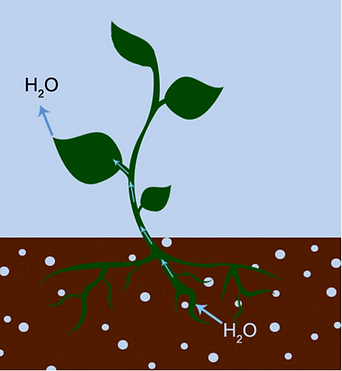
Measure the number of times to repeat an irrigation time by relying on the sunlight received by your crops. Sunlight is more intense in July than in November. The days are also longer in the summer. In the end, your plants receive 8 times more light on a summer day than on a rainy winter day. Irrigation must follow accordingly.
Remember that the water supply depends on the transpiration level of the plant. Its transpiration depends not only on the light intensity but also on the number of leaves.
Set up an irrigation schedule
Establish a greenhouse irrigation schedule after determining the maximum duration of an irrigation cycle and the number of repetitions.
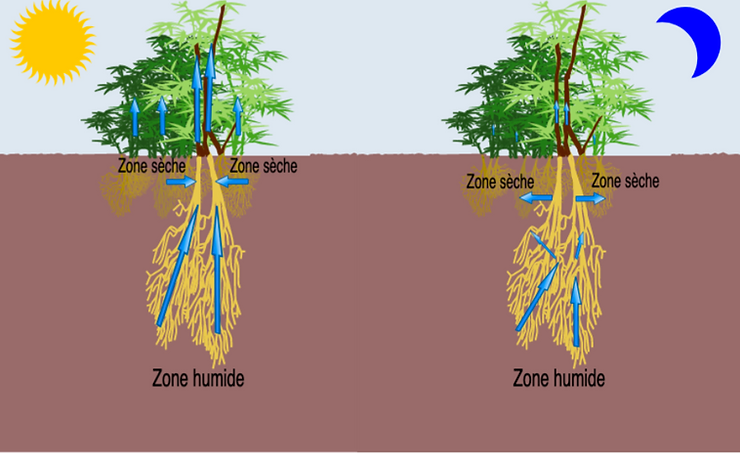
Aim for almost dry soil at dusk to oxygenate the roots. During the night, plants hardly transpire since they do not receive light. This is a good time to let the soil dry and allow the roots to oxygenate. In any case, do not irrigate later than 2 hours before sunset.
Using the right tools
As you have seen, irrigation is a demanding task, as there are many parameters to continuously adjust. Managing irrigation requires close attention on a daily basis. All it takes is one employee forgetting to turn off your irrigation to negatively impact your yields.
That’s why we use automation as an irrigation strategy. Automation can take many forms depending on your project and budget. The most affordable way to automate your irrigation is to purchase a timer. However, this device will not be very accurate in tracking the needs of the crop.
La ferme des Quatre-Temps uses a more advanced automation system. It allows the staff to set the different irrigation programs according to the light received by the crops through an application.
In this video, Jean-Martin Fortier shows you how he uses Orisha’s automated greenhouse systems at Ferme des Quatre-Temps to control irrigation.
Your irrigation strategy should allow your crops to take full advantage of sunlight to grow. The best irrigation strategy will always take as its starting points:
- The transpiration of the plants, in relation to the light they receive.
- The soil in which they are grown.
Irrigation requires time. With the right tools, you can reduce the risks related to your production and save hours each week.
We have prepared a series of articles that will help you expand your knowledge on the topic. We invite you to consult :
- Four Factors You Must Consider Before Buying a Greenhouse
- Four Ways Your Season-Extension Production Will Benefit From Using Greenhouses
- How To Properly Ventilate Your Greenhouse and Why this is Essential in Your Success
- What is the Most Efficient Way to Heat Your Greenhouse?
- Should You Consider Automatization to Increase Your Greenhouse Yields?
- 5 Advices for Better Greenhouse Management
